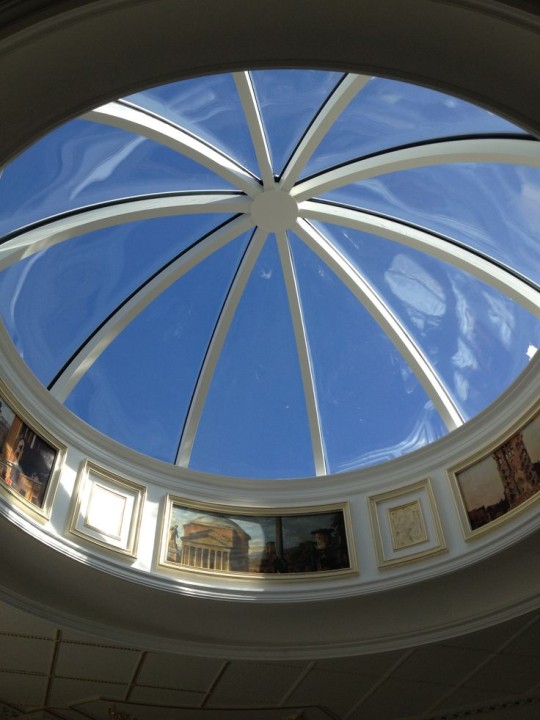
Laminated Glass: Why Mandatory when it comes to skylight!
Introduction:
Skylights have become increasingly popular architectural features, providing natural light and a connection to the outdoors. When it comes to skylight design, the choice of glass plays a vital role in ensuring safety, energy efficiency, and overall performance. Among the various options available, laminated glass emerges as a superior choice due to its exceptional qualities and adherence to industry standards. In this article, we will explore the importance of using laminated glass in skylights, discuss the applicable standards, and shed light on the limitations associated with other glass types.
Importance of Laminated Glass in Skylights:
- Safety: One of the primary considerations when selecting skylight glass is safety. Laminated glass consists of two or more layers bonded together with an interlayer, typically made of polyvinyl butyral (PVB). This design ensures that in the event of breakage, the glass adheres to the interlayer, reducing the risk of falling glass shards. Laminated glass provides enhanced protection against accidents and is especially crucial in overhead applications like skylights.
- Impact Resistance: Skylights are exposed to external factors such as hail, heavy rainfall, and potential impact from falling objects. Laminated glass possesses excellent impact resistance properties, making it highly durable and able to withstand harsh weather conditions. This characteristic ensures the longevity of skylights and reduces the need for frequent repairs or replacements.
- UV Protection: Sunlight streaming through skylights can introduce harmful ultraviolet (UV) rays into indoor spaces, leading to fading of furnishings, increased energy consumption, and potential health risks. Laminated glass can be designed with UV-filtering properties, mitigating the transmission of harmful UV radiation while still allowing natural light to enter, ensuring a comfortable and protected environment.
Standards for Skylight Glass:
To maintain safety and quality standards, skylight glass must adhere to specific regulations. Some relevant standards include:
- ASTM E1300: This standard establishes the criteria for determining the structural performance of glass used in buildings, including skylights. It considers factors such as wind loads, snow loads, and the type of glass employed. It emphasizes the need for adequate load resistance and structural integrity, which can be achieved with the use of laminated glass.
- ANSI Z97.1: This standard specifies the requirements for safety glazing materials used in buildings, including skylights. It outlines the impact resistance, fragmentation, and other safety considerations to protect occupants from potential hazards. The use of laminated glass in skylights ensures compliance with safety regulations and provides enhanced protection against breakage.
Limitations of Other Glass Types:
While laminated glass excels in skylight applications, other glass types have certain limitations:
- Tempered Glass: Tempered glass offers increased strength and safety compared to regular glass. However, in skylights, it may pose challenges due to its limited ability to resist impact and its tendency to shatter into small, potentially dangerous pieces.
- Single Pane Glass: Single pane glass lacks the safety and energy efficiency properties needed for skylights. It provides minimal insulation, leading to heat loss and increased energy consumption. Additionally, it lacks the safety features provided by laminated or tempered glass.
Choosing the right glass for skylights is essential for ensuring safety, energy efficiency, and overall performance. Laminated glass emerges as a superior option due to its safety features, impact resistance, and UV protection. Adhering to industry standards, such as ASTM E1300 and ANSI Z97.1, is crucial for maintaining quality and compliance. Understanding the limitations of other glass types, such as tempered or single pane glass, reinforces the significance of laminated glass in skylight applications. By prioritizing laminated glass, architects, designers, and building owners can enhance skylight safety, efficiency, and occupant well-being.